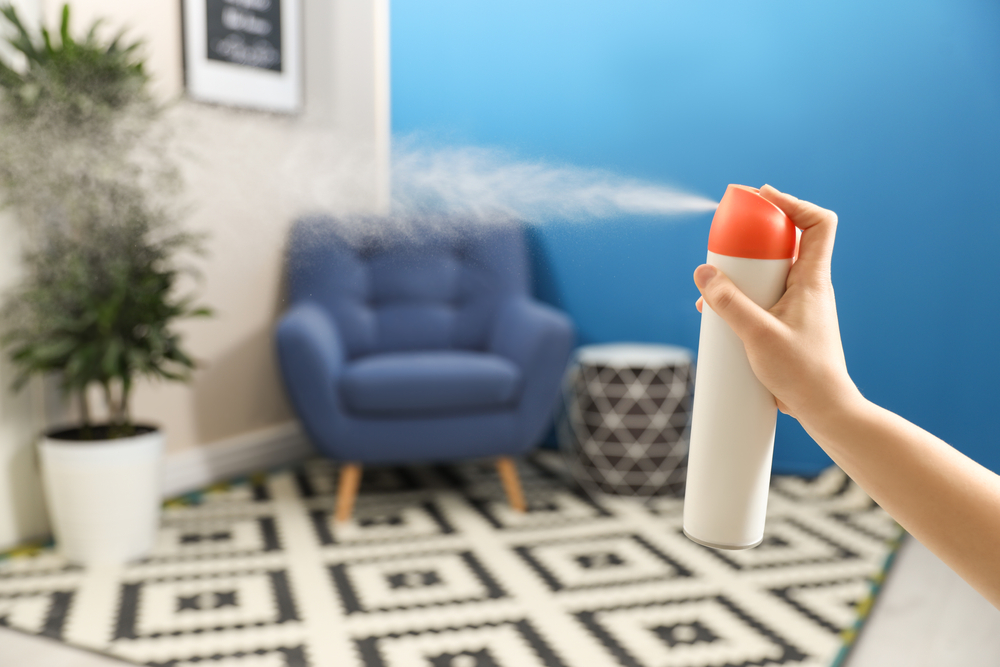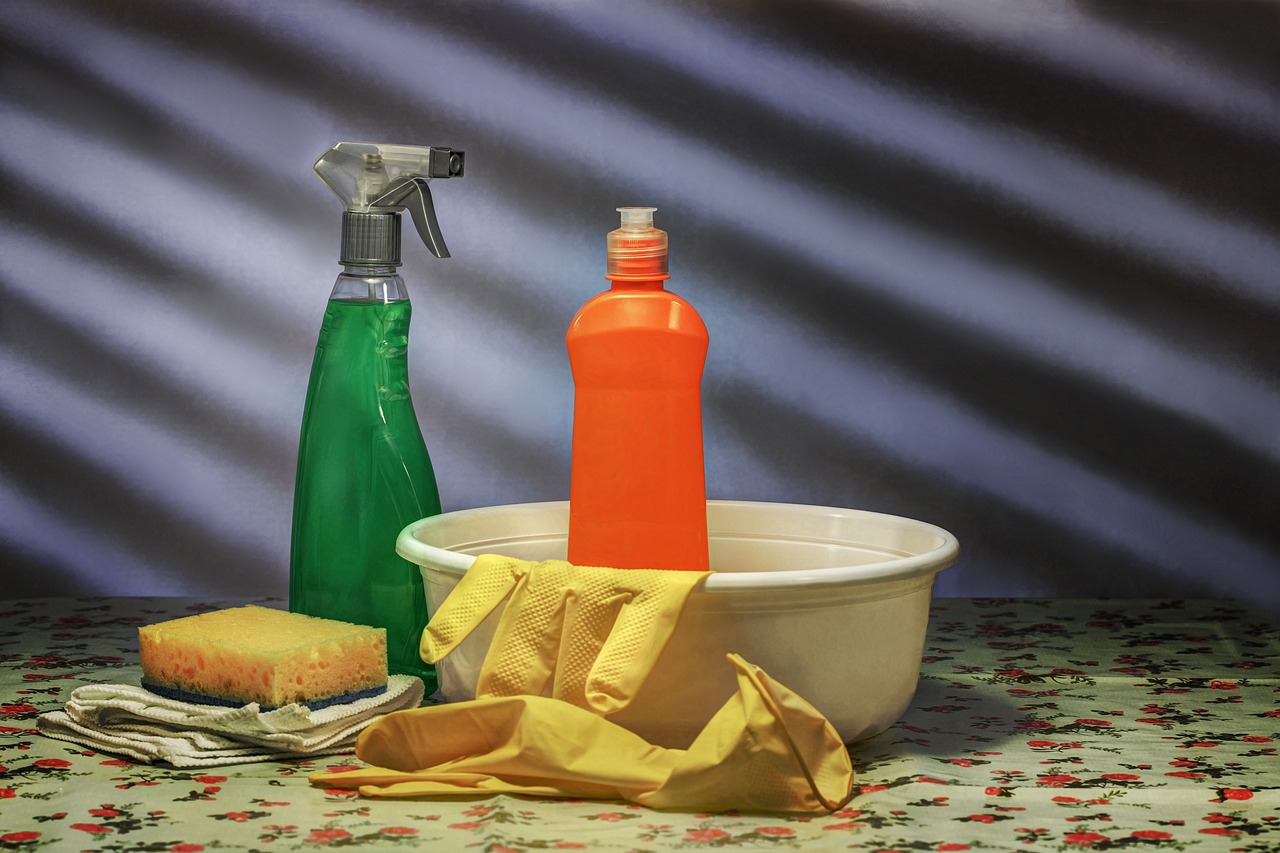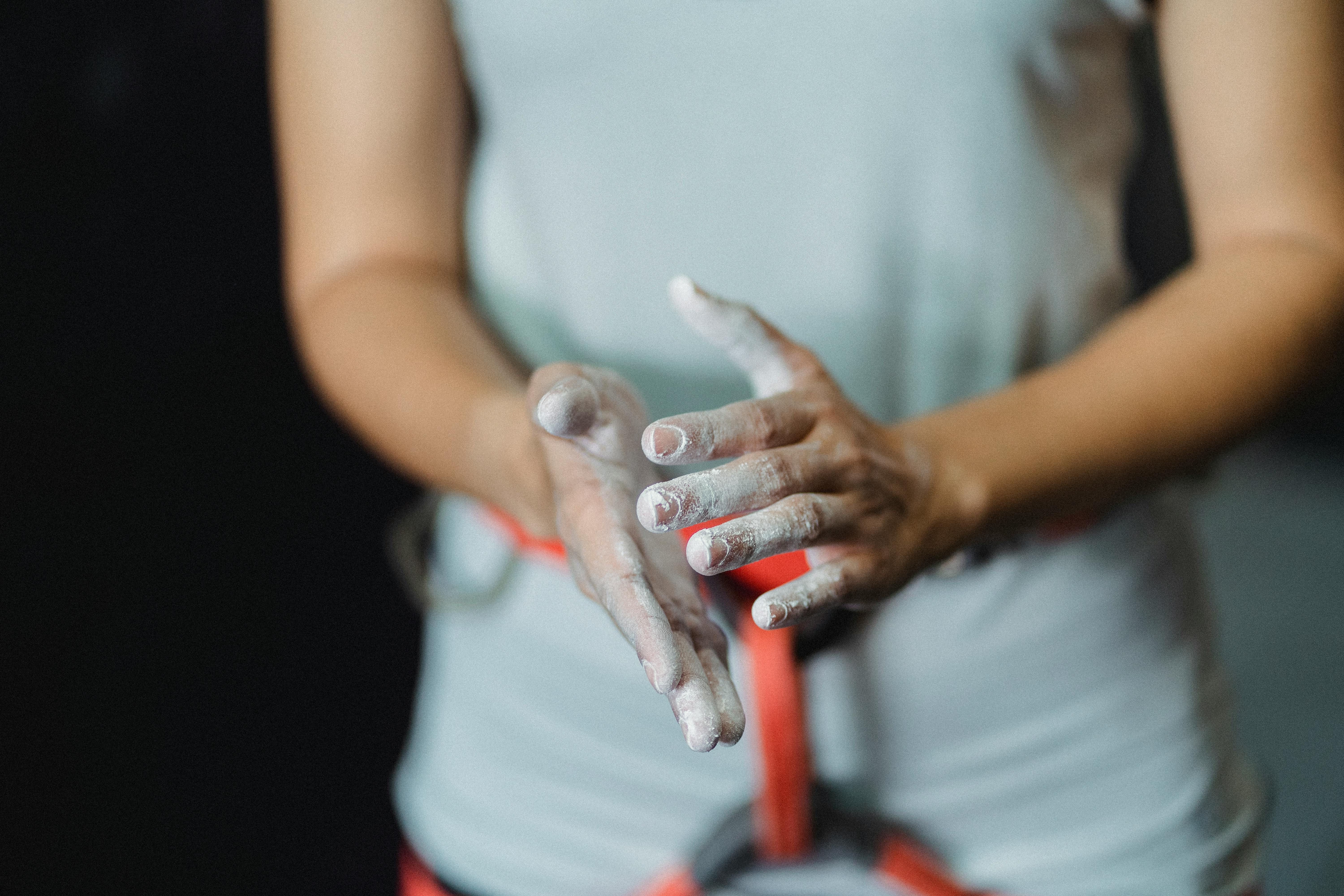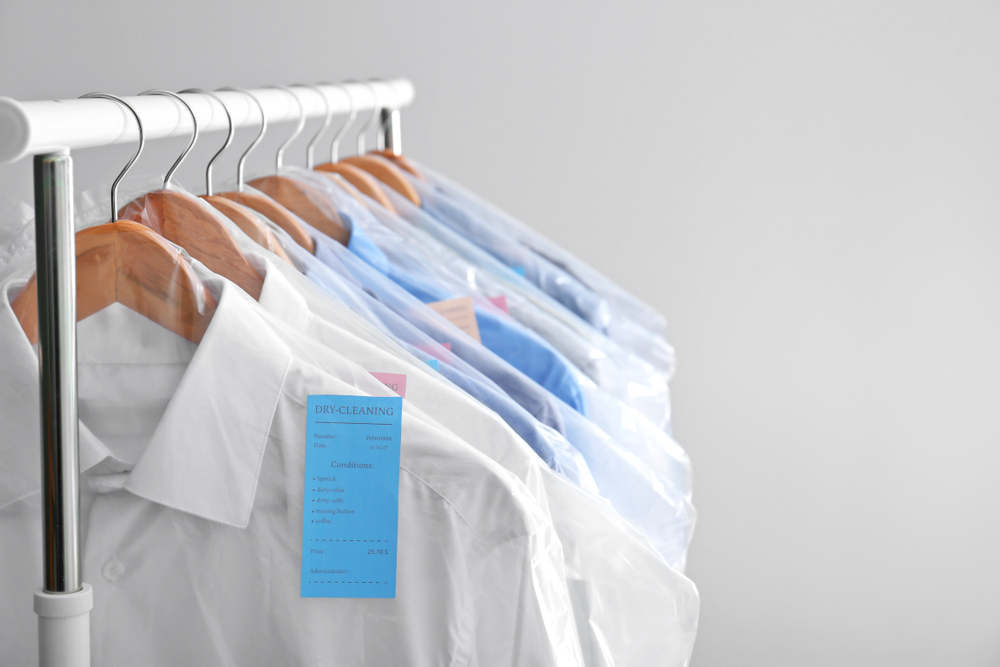Many people are shocked to learn that some household items linked to cancer are part of their daily routines. These everyday products often seem harmless, but scientific studies have shown that prolonged exposure to certain chemicals can increase cancer risk. From cleaning agents to personal care products, the danger often lies in long-term use or lack of regulation. Understanding these risks helps families make safer choices at home without sacrificing cleanliness or convenience. This article explores eight common items that could be exposing you to potentially carcinogenic substances.
Air Fresheners

Air fresheners may make your home smell pleasant, but they often contain volatile organic compounds, or VOCs. These chemicals can include formaldehyde and benzene, both known carcinogens. Continuous exposure, especially in poorly ventilated spaces, increases health risks over time. Synthetic fragrances can trigger respiratory irritation and also act as endocrine disruptors. According to the MD Anderson Cancer Center, regular use of air fresheners indoors may elevate cancer risks, especially in people with existing respiratory issues. Choosing natural alternatives like essential oils or activated charcoal can help reduce exposure. Opening windows or using a HEPA filter also improves indoor air quality.
Nonstick Cookware

Teflon-coated pans, once hailed for their convenience, are now under scrutiny due to the presence of per- and polyfluoroalkyl substances (PFAS). These chemicals help create nonstick surfaces but have been linked to liver damage, hormone disruption, and certain types of cancer. When nonstick cookware is overheated or scratched, PFAS can leach into food or be released as fumes. Harvard Health notes that long-term PFAS exposure can accumulate in the body. Consider switching to stainless steel, cast iron, or ceramic cookware for a safer alternative. Always replace nonstick pans if they show signs of wear.
Plastic Food Containers

Plastic containers often contain BPA (bisphenol A) or phthalates, both chemicals linked to hormone disruption and increased cancer risk. Heating plastic in microwaves or putting hot food into plastic can release these harmful compounds. Over time, repeated exposure could affect the endocrine system and lead to health complications. The FDA has restricted BPA in baby bottles, but many adult products still contain it. Look for BPA-free labels and opt for glass or stainless steel storage containers. Reducing your use of single-use plastics also benefits the environment.
Cleaning Products

Household items linked to cancer often include cleaning products. These products contain formaldehyde, ammonia, or chlorine, which are classified as potential or known carcinogens. Frequent exposure, especially without protective gloves or proper ventilation, can lead to skin irritation, respiratory issues, or long-term organ damage. Products labeled as “antibacterial” may contain triclosan, a chemical under review for possible cancer links. The American Cancer Society recommends avoiding products with unclear ingredient labels. Instead, use safer alternatives like vinegar, baking soda, and castile soap. If stronger disinfectants are needed, ensure proper ventilation and wear gloves to limit exposure.
Read More: Doctor Warns That Just One Glass of This Drink Can Increase Cancer Risk
Talcum Powder

Talcum powder, commonly used for personal hygiene, has long been associated with ovarian cancer in women. When talc is mined, it can be contaminated with asbestos, a known carcinogen. Several lawsuits and studies have linked long-term talc use in the genital area to increased cancer risk. The FDA and other global health organizations have warned consumers to read labels carefully. Opt for talc-free alternatives, especially when using powder around infants or sensitive areas. Cornstarch-based products offer similar benefits without the known risks.
Pesticides and Herbicides

Products like weed killers and bug sprays often contain glyphosate, which some studies have linked to non-Hodgkin lymphoma. Although regulatory agencies have issued mixed reviews, the International Agency for Research on Cancer classifies glyphosate as “probably carcinogenic.” Using these products regularly without protective gear may increase your cancer risk. Always follow safety instructions and avoid spraying on windy days to reduce inhalation. Consider using organic gardening methods, such as mulching or introducing beneficial insects, to manage pests naturally.
Scented Candles

Scented candles, especially those made from paraffin wax, release harmful chemicals like benzene and toluene when burned. These compounds have been associated with cancer and respiratory irritation. The fragrance in many candles also contains phthalates, which can disrupt hormone function. Occasional use in well-ventilated areas may pose minimal risk, but frequent use in small spaces compounds exposure. Soy or beeswax candles with cotton wicks are safer alternatives. Avoid candles with metal-core wicks or those labeled only with “fragrance” without specific ingredient disclosure.
Dry-Cleaned Clothes

Clothing that has been dry-cleaned may contain perchloroethylene, or perc, a chemical solvent linked to liver and kidney cancer. The U.S. Environmental Protection Agency has labeled perc a probable human carcinogen. Wearing dry-cleaned clothes before the chemical has fully evaporated can lead to skin and respiratory exposure. Over time, this could accumulate in the body. Try to air out dry-cleaned garments before use, or choose eco-friendly dry cleaners that use safer alternatives like liquid carbon dioxide. Reducing your use of dry-clean-only clothing also minimizes exposure.
Read More: People Highlight 5 Early Symptoms of Cancer You Shouldn’t Ignore
Conclusion

Reducing your exposure to household items linked to cancer begins with awareness and small lifestyle changes. Many people unknowingly bring hazardous chemicals into their homes, believing these products are completely safe. While occasional exposure may not be harmful, frequent and prolonged contact increases cumulative risk. Swapping out just a few high-risk items for safer alternatives can make a measurable difference in your long-term health. Whether you start by changing your cookware or switching to natural cleaners, each step helps protect your family. Staying informed and reading product labels carefully is key to creating a healthier living environment.
Disclaimer: This article was created with AI assistance and edited by a human for accuracy and clarity.
